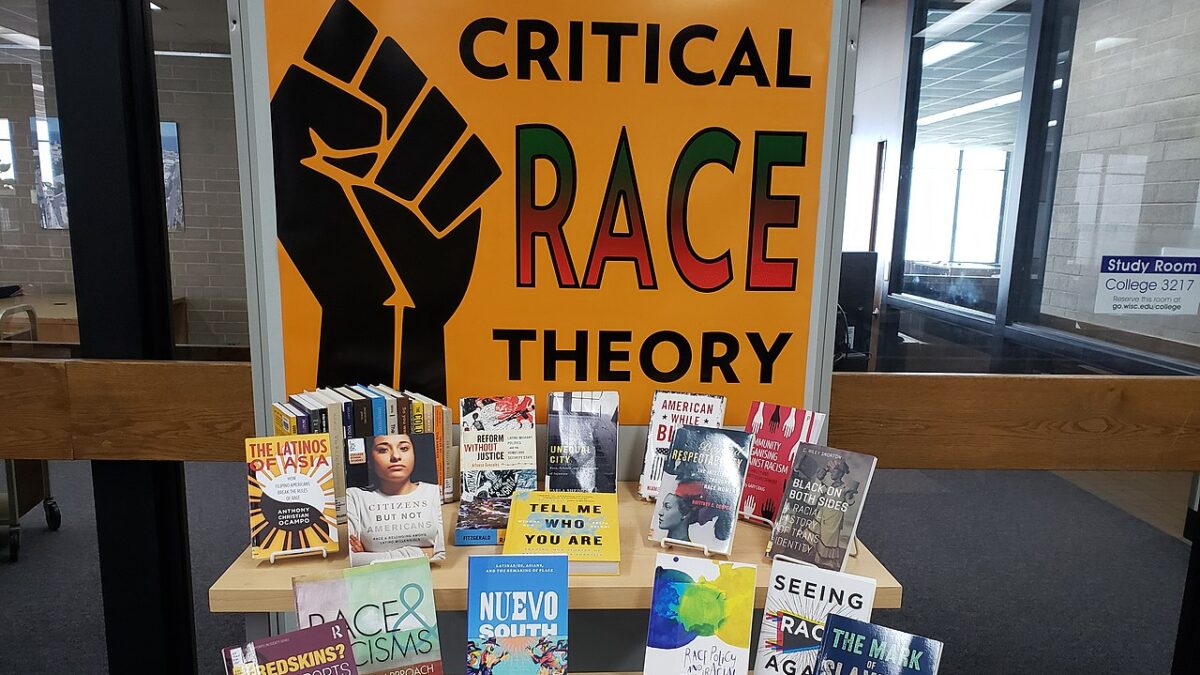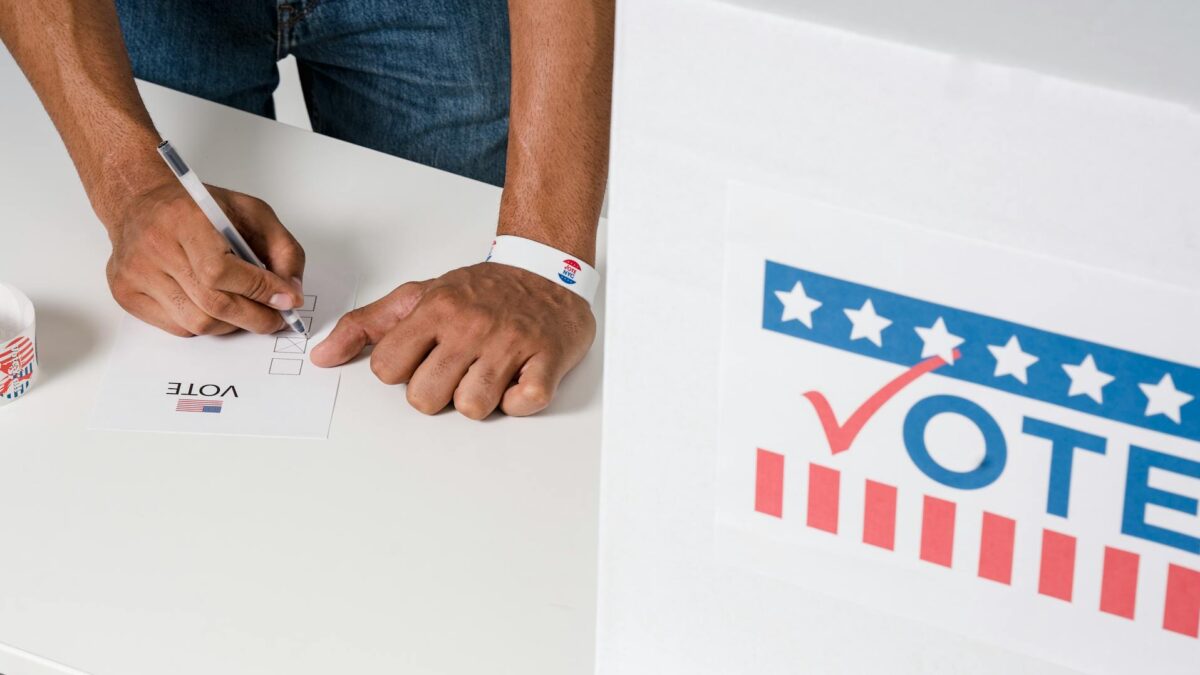Prominent voices continue to frame the debate over whether critical race theory (CRT) should be taught in schools as a debate over whether we should teach accurate racial history.
A few days ago, in an interview with Time magazine, Harvard University researcher Donald Yacovone (author of “Teaching White Supremacy: America’s Democratic Ordeal and the Forging of Our National Identity”) said of the controversy: “…one of the major reactions is this resistance to the teaching of the past. … Slavery is real. Racial domination is real. But they’re doing their best to deny it, to affirm the innocence of whiteness.”
This is a strawman attack. Few Americans of any stripe or generation object to teaching about slavery and Jim Crow. The problem with CRT in schools is there’s a lot more to it than just teaching America’s checkered history of race relations, and it’s this “more” that many parents are objecting to.
For starters, CRT is essentially postmodernism. Stephen Sawchuk, associate editor of Education Week, notes in a piece praising CRT that, “Critical race theory emerged out of postmodernist thought.”
Postmodernism is the idea that there is no truth, no universal morality, and no reality except what we create. There are no facts because everything is socially constructed. According to the Encyclopedia Brittanica’s entry on postmodernism, it dismisses as “naive realism” the idea that “there is an objective natural reality.”
Postmodernism is the philosophical equivalent of a funhouse mirror. Anything can be changed, created, and thrown away; and any new narrative is no more or less true than other narratives; because there is no such thing as objective fact or objective reality.
This philosophy comes through clearly in the works of critical race theorists such as Robin DiAngelo and Ozlem Sensoy, who reject the idea of objective knowledge and the scientific method in their book, “Is Everyone Really Equal?“
Importantly for American parents, postmodernism and CRT take careful aim at the Enlightenment values that America was founded on, including the idea that all humans are created equal.
Sawchuk points out how postmodernism (and by extension CRT), “tends to be skeptical of the idea of universal values, objective knowledge, individual merit, Enlightenment rationalism, and liberalism.”
In her classes on intersectionality (itself an offshoot of CRT), the late Kathryn Pauly Morgan, who was a University of Toronto professor of philosophy and co-founder of the feminist philosophy journal Hypatia, taught that people exist on 14 axes of privilege and oppression: from male to female, from white to non-white, from heterosexual to gay/lesbian, etc.
That is, a white male lives at the intersection of two types of privilege, a black female lives at the intersection of two types of oppression, and so on. As she described it, “Privilege involves the power to dominate in systematic ways. … Oppression involves the lived, systematic experience of being dominated by virtue of one’s position on various particular axes.”
This kind of teaching can help open our eyes to the experiences of people unlike us, but it can also function to create a hierarchy. In their bestselling book “The Coddling of the American Mind,” social psychologist Jonathan Haidt and Foundation for Individual Rights and Expression President Greg Lukianoff point out, “These interpretations of intersectionality teach people to see bipolar dimensions of privilege and oppression as ubiquitous in social interactions.”
“More generally,” they continue, “what will happen to the thinking of students who are trained to see everything in terms of intersecting bipolar axes where one end of each axis is marked ‘privilege’ and the other is ‘oppression’? Since ‘privilege’ is defined as the ‘power to dominate’ and to cause ‘oppression,’ these axes are inherently moral dimensions. The people on top are bad, and the people below the line are good.” [emphasis in original]
Maybe some parents are upset that critical race theory doesn’t put white people on top. We suspect far more are angry at an ideology that puts any skin color on top, rather than treating them all as equals. That’s a denial of the core American tenant espoused in the Declaration of Independence, that all men are created equal — and one that Americans of many generations fought to ultimately realize.
Besides jettisoning a foundational American tenet, it’s also important to note CRT isn’t “educational” in the traditional sense.
While CRT teaches students what to think, it’s openly hostile toward approaches that teach students how to think. In fact, many CRT advocates explicitly reject the concept of critical thinking altogether.
Dr. Alison Bailey, the director of the Women’s and Gender Studies Program at Illinois State University, spells out the logic:
…the tools of the critical-thinking tradition (for example, validity, soundness, conceptual clarity) cannot dismantle the master’s house: they can temporarily beat the master at his own game, but they can never bring about any enduring structural change (Lorde 1984, 112). They fail because the critical thinker’s toolkit is commonly invoked in particular settings, at particular times to reassert power: those adept with the tools often use them to restore an order that assures their comfort.
Bailey’s argument boils down to this: Some people can outthink us, and those people might have power; so if we’re going to dismantle power structures (a key goal of CRT and postmodernism), then we need to reject critical thinking completely.
Apart from the bare-knuckle politics of all this and the argument’s self-evident absurdity, is a tool really bad because it’s used by those in power? It’s not hard to see the problems of introducing these ideas in K-12 schools. Most parents want their kids to learn how to think. They might be justifiably wary of an ideology that teaches that critical thinking is bad because it doesn’t bring about systemic change in society.
It’s not just Bailey, it must be pointed out. Plenty of CRT advocates reject objectivism and Enlightenment rationalism. In their book “Is Everyone Really Equal?,” DiAngelo and Sensoy even take aim at the scientific method: “Critical Theory [the parent philosophy of critical race theory] developed in part as a response to this presumed superiority and infallibility of the scientific method….”
If you reject the basic concepts of scientific inquiry and critical thinking, what are you left with? A strong focus on scholarship as activism, which filters down into pedagogy: CRT advocates often see their classrooms as incubators to raise a new generation to fight the system.
Maybe parents who reject CRT being taught in schools are simply picking up on this. Perhaps they want their kids to be educated in how to think, instead of being indoctrinated and trained to be future social justice advocates.
Finally, it’s unlikely that the opposition to teaching CRT in schools actually comes from racism. Support for interracial marriage, often used as a proxy for race relations, is at an all-time high. Ninety-four percent of Americans approve of interracial marriage, including 93 percent of white Americans and 93 percent of Southerners (for context, when that question was first asked in 1958 the answer was 4 percent support across the board).
We’re not saying race relations are perfect, and certainly, racism still exists in the United States. But many CRT advocates don’t seem to realize that it’s no longer 1960 and the vast majority of white Americans don’t make decisions based on trying to maintain racial hierarchies. Parents oppose teaching CRT in schools, not because they’re secretly hoping white supremacy becomes the law of the land again, but for a number of better reasons.









